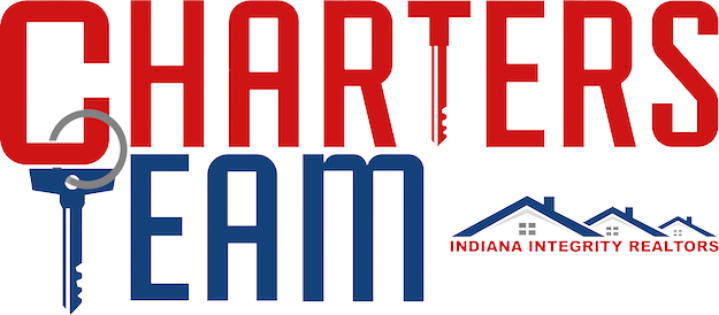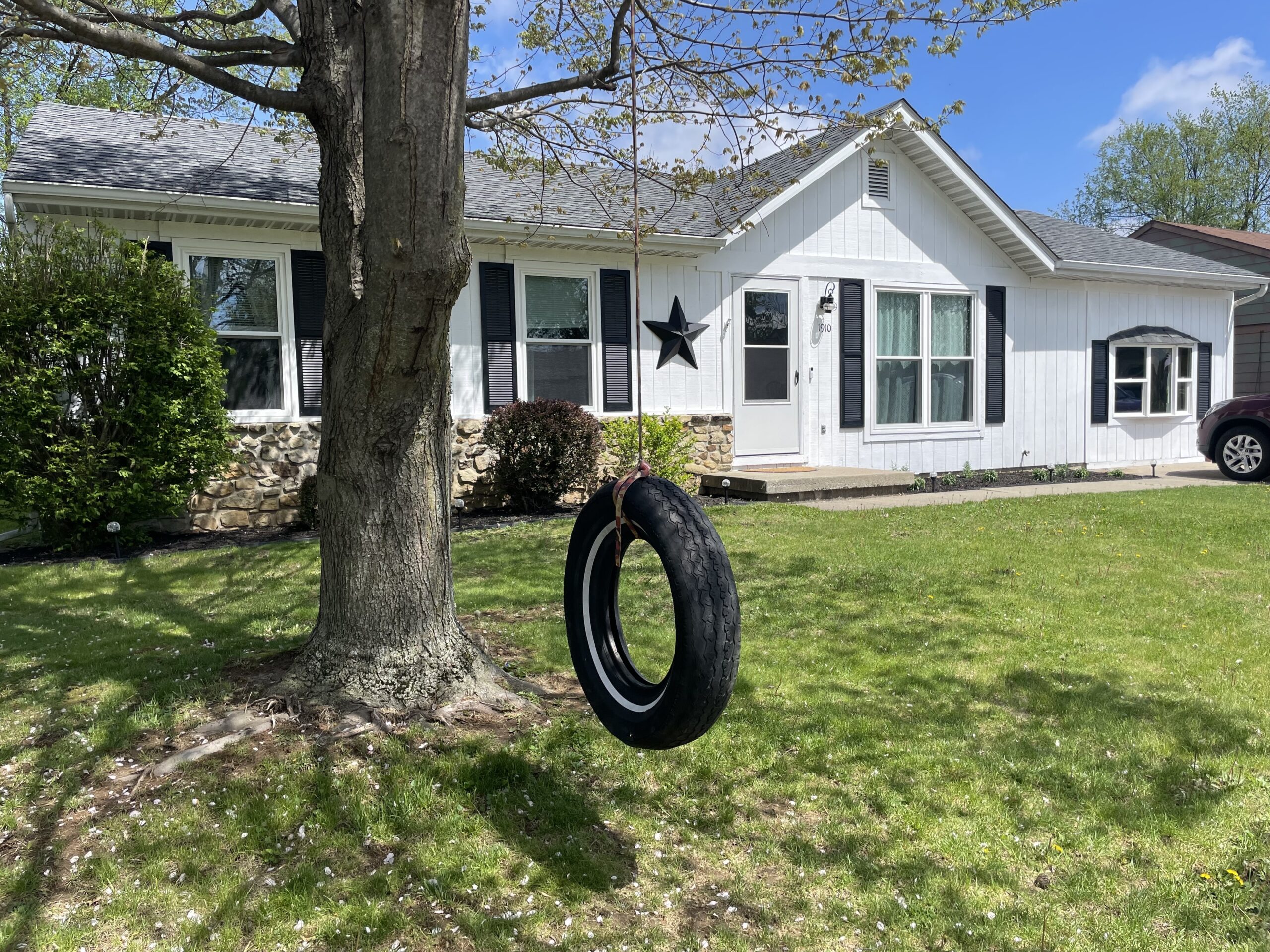From House Hunter to Homeowner in 8 Easy Steps
If you haven’t purchased property before, becoming a homeowner can seem like a complicated process full of mortgage applications and loan docs and counter offers and inspections. How do you know where to start? And how do you know what to expect?
Today we’re going to demystify the process of becoming a homeowner. We’re breaking the process down into 8 manageable steps.
Now, each step may contain a few micro-steps. And most real estate transactions have lots of moving parts, so some of the steps may overlap. But these 8 steps will serve as a solid overview of the basic process of becoming a homeowner.
And your Realtor® will be there every step of the way to help you navigate the micro-steps and moving parts!
Let’s take a look together at the 8 steps that will take you from house hunter to homeowner.
Step 1: Get Pre-Approved for a Loan
Most buyers are surprised to learn that searching home listings online isn’t the first step on the journey to becoming a homeowner.
Before you even look at a listing, you should get pre-approved for a loan. There are two main reasons to put this step first:
- It will give you an idea of your total buying power so you look in the correct price range from the beginning.
Many buyers start their search in a price range they think they can afford, only to learn later that they can’t get approved for a large enough loan to purchase homes in that range. And it’s a disheartening step back when they have to adjust their standards from the higher-priced homes to the lower-priced homes. Make sure you understand how much home you can afford based on how much you can secure in total financing before you fall in love with any listings.
- It will help you make a strong offer when you find your home.
You want to already have your pre-approval letter in hand when you find the right home and you’re ready to make an offer. When sellers accept your offer, they have to take their homes off the market. And if you can’t get financing approved, those sellers have to start back at square one. They could lose weeks of potential buyers touring the house. Buyers (and their Agents) know this, so they are much more likely to accept an offer from a buyer who is already pre-approved for a loan.
Quick side note: some lenders offer “pre-qualification” in addition to pre-approval. Pre-qualification doesn’t carry the same weight as pre-approval. Pre-qualification is just a lender asking you questions about how much you make and how much you have saved, then estimating a price range for you. It won’t mean anything to the seller when you make an offer. So savvy buyers skip the pre-qualification and go straight for the pre-approval.
How to Get Pre-Approved
To get pre-approved, you simply have a mortgage lender review your finances, credit, and employment to determine how much they are willing to lend you. You’ll need to complete an application, provide all financial account statements and pay stubs for the last two months, and authorize a credit check.
It’s typically a good idea to find the lender you’d like to stick with for your home loan and get your pre-approval from that lender. It’s just less paperwork for you than if you received pre-approval from one lender, then decided to go with a different lender for the actual loan.
Unless you have special circumstances (like poor credit or low income) that would require special considerations, the most important criteria for choosing your lender is probably the interest rate they offer. Generally speaking, the lower the interest rate, the better. A lower rate means you’ll pay less over the full term of your mortgage.
Interest rates are always changing, so you should search for lender rate comparisons online when you’re ready to get pre-approved.
And if you have questions about how to choose a lender, contact me! I know the process can be a little intimidating the first time through, and I’m here to make it all easier on you.
Step 2: Start Your Search
With your pre-approval in hand, head online and start browsing!
Of course this step is all about you and your priorities. Maybe you have your heart set on a specific neighborhood? Or maybe you have a completely open mind and you’re just waiting for something to catch your attention.
Wherever you are with your search, here are a few helpful tips from someone who’s worked with scores of buyers:
- Get a Realtor® involved early. New listings come on the market every day, and your Agent knows about upcoming listings before they even hit the Internet. If your agent knows what you’re looking for, he or she can make sure you’re among the very first buyers to learn about a new listing.
- The photos online don’t tell the whole story. Some listing photos are gorgeous and make a crap house look like a work of art. And some listing photos are terrible and make a property with amazing potential look like something you wouldn’t go near. Real estate takes a little legwork. Set aside an afternoon to drive around and see what those houses (and neighborhoods!) look like in real life. This is another good reason to get a Realtor® involved early. We know the neighborhoods, and we often tour new listings immediately. So we can help you decide if a house is worth your time.
- No matter how much you’re pre-approved for, make sure you’re comfortable with the monthly payments, including homeowner’s insurance and property taxes. You don’t have to take as much as the lender is willing to give you. In fact, it’s usually smart not to.
Step 3: Make an Offer
When you find a home you love, it’s time to make an offer!
Your Agent is invaluable at this stage because he or she has her hand on the pulse of the market and can advise you on when to offer low, when to offer high, and when to include interesting terms (like including the snowblower or covering the cost of a flooring replacement).
If you’re ready to make an offer, contact me asap. I will draft all the paperwork for your electronic signature and present the offer to the seller’s agent, who will then present your offer to the seller.
The seller may accept your offer as-is, or they may make a counter-offer. It’s rare that an offer is flat-out declined (and that’s usually when investor-buyers make a low-ball offer, half expecting it to be denied, but figuring it’s worth a try).
As with any negotiation, you need to be armed with information to be effective. And your Realtor® gathers market information full-time! So use their knowledge. And remember, the seller pays the real estate agent commissions, so the services of your agent don’t cost you anything!
You’ll need to put up a relatively small amount of money at this step of the process. It’s called the Earnest Money Deposit, as in, I’m so serious about possibly purchasing this property that I will give you money if I back out without a good reason.
The amount varies, but it’s often somewhere between 1-3% of the offered purchase price. You can still get this money back if the deal falls through because of the inspection or an unforeseeable problem with financing. But the idea is that the deal will proceed as planned, and the earnest money deposit will go toward your down payment.
Step 4: Enter Escrow
Once you and the sellers come to an agreement on the offer, you have entered escrow!
Escrow is the name for the period when ownership of the property is in the process of transferring from the seller to you. It’s usually between 30 and 60 days, and a lot has to happen in that time.
The remaining 4 steps all occur during the escrow period (and several more steps are happening behind the scenes!).
Escrow is a time to inspect the property, secure your financing, sign a mountain of paperwork, and transfer money.
Your transaction will be assigned a special Escrow Officer to make sure everything is moving along as scheduled. As your Realtor®, I’ll be working closely with the escrow officer to make sure the process goes as smoothly as possible.
Step 5: Get a Home Inspection
The home inspection is among the first tasks to be completed in escrow. You get the chance to hire a certified home inspector to assess the property and notify you of potential problems visible at the property. The home inspection will cost you a few hundred dollars. And it’s worth every penny.
Most often, inspections bring up relatively minor issues, just to make sure you know what you’re getting into. The water heater is 10 years old and should be replaced sometime soon? Good to know. Now you can plan for it.
Sometimes inspection reports contain serious issues that may reopen negotiations. Perhaps the inspector finds faulty electrical work in need of immediate repair. Depending on the unique circumstances of the transaction, you might want to ask the seller to correct any issues or to reduce the price of the home to make up for them.
And in rare situations, the inspection could be a deal-breaker. If you find you’ll need to pay $10,000+ out of pocket to make the structure habitable, you may want to walk away from the deal. The few hundred dollars spent on the inspection just saved you from buying a money pit!
Just understand that the home inspection will be extensive and will list many things that don’t even need to be addressed. The inspection can be scary for first-time buyers because it comes with a laundry list of recommended fixes. Most of those recommended fixes are entirely optional.
And again, it helps to have an experienced Realtor® on your side. An agent who’s seen dozens of inspection reports can help you determine which items are a priority, and which are only listed because the inspector did a thorough job.
Step 6: Secure Your Loan
Throughout escrow, you’ll be working with your Loan Officer to secure your financing.
They check and double-check everything, so expect to answer the same questions a couple times. You may need to write a letter explaining your employment history or your residential history. I worked here from this date until this date or I lived at this address from this date until this date.
They may ask for updated bank statements and pay stubs as you receive them during escrow. And they will likely call your employer multiple times throughout escrow to make sure you are still employed.
Any major financial change or life changes during escrow could completely disrupt the process.
Here is a list of things to avoid during the escrow process:
- Job changes (changing jobs, reducing working hours, or demotions).
- New loans: don’t apply for any other loan until your home loan is secure.
- Big purchases: wait until you close escrow to buy a bunch of furniture.
- Large debt payments: it might sound like a good idea to pay down a large chunk of your student loans before taking on a mortgage, but this large transfer of cash will change your financial ratios, so wait until escrow closes.
The loan won’t be 100% secure until the loan docs are all processed, which happens just days before escrow closes and the house is officially yours. So keep working with your loan officer and maintain steady finances until you have the keys!
Step 7: Sign a Mountain of Paperwork
So. Much. Paperwork.
There is just no getting around the mountain of paperwork required to get a home loan and take possession of a property.
A notary will come to you with the final stack of loan docs to be signed a few days before escrow. The process will probably take around an hour (flip the page and sign… flip the page and sign…), and it’s not fun, but it does mean you’re this close to owning the home.
I recommend asking for a copy of the loan docs to be provided to you a few days before the signing so you can actually read them. It will give you a chance to clarify the details and ask any last-minute questions of your loan officer before the signing.
Just make sure you have a couple forms of ID with you at the signing so the notary can confirm your identity.
Then flip and sign…and flip and sign…and flip and sign…
Step 8: Pay Your Closing Costs and Get Your Keys
Last step! Pay your closing costs and get your keys!
You’ll need to wire the amount of the closing costs to the escrow company in the last few days before the scheduled close of escrow. This just requires a trip to your bank with the instructions from the escrow company for wiring funds. You’ll pay a small fee (which is usually a percentage of the transfer amount and varies by bank; expect $50-$100 on average) for the transfer.
The escrow company collects the closing costs from both the buyers and the sellers, then distributes the funds, as appropriate, to all parties involved (real estate agents, title companies, lenders, etc).
On closing day, I’ll contact you to let you know when everything has processed and to schedule a time to get you your new keys.
Then the fun really starts: a new home photo shoot, painting, moving, decorating! I’m getting excited for you just thinking about it.
I truly hope you found this overview of the process of becoming a homeowner helpful.
When you’re ready to start your search, please contact me. I love helping buyers find their new homes and would be honored to walk you through the intricacies of each of these 8 steps!




